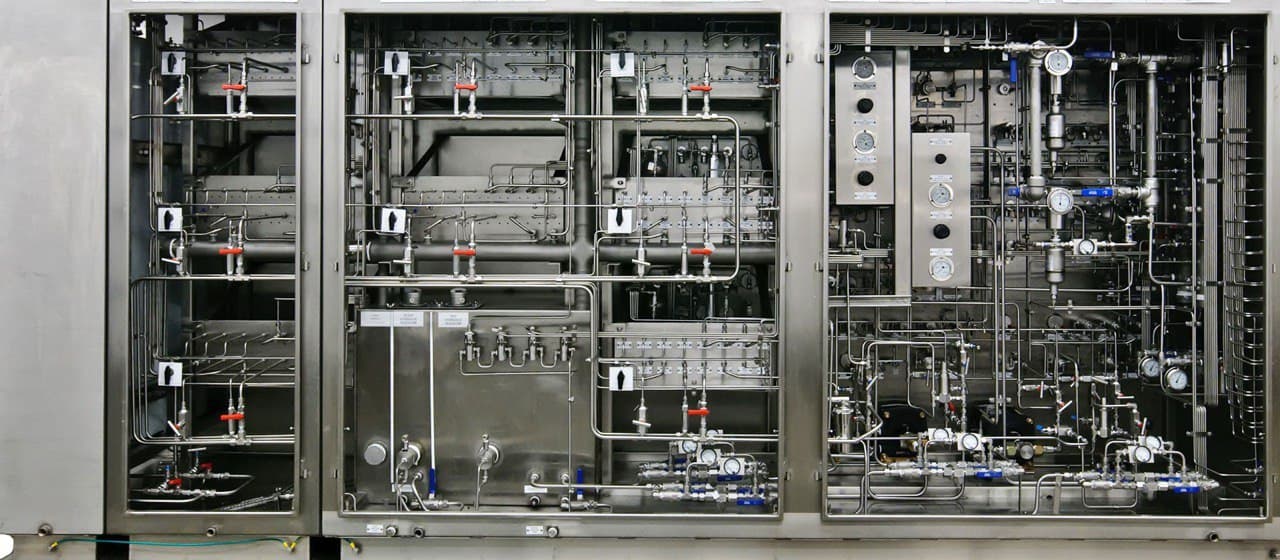Wellhead and control systems are essential in various industries for monitoring and controlling production
processes.
They consist of components such as sensors, transmitters, controllers, and displays, which
work together
to ensure precise control of variables like flow, temperature, and pressure. This field,
known as
instrumentation and control engineering, focuses on the design and implementation of
systems that measure
and control these process variables.
Standard systems used in this field include PLC (Programmable Logic Controller),
DCS (Distributed Control System), RTU (Remote Terminal Unit), and
SCADA (Supervisory Control and Data Acquisition).
WHCPs — also known as Shutdown Panels (SDP), Emergency Shutdown
Systems (ESD),
or Hydraulic Safety Shutdown Systems (HSSS) — are fail-safe shutdown
systems with
pneumatic/hydraulic/electric components. They can be integrated with PLCs, RTUs, and SCADA
systems
and serve as both standalone control systems and interfaces between the plant
control system and the wellhead safety system.
WHCPs are used for monitoring, controlling (Remote/Local), and safe shutdown of Subsurface
Controlled Safety Valves (SCSSV), Surface Safety Valves (SSV), and other
wellhead safety valves (Choke, ESD, HIPPS) in oil & gas production fields to ensure safe operation of
unattended wells/platforms.
 Single Well
Single Well



